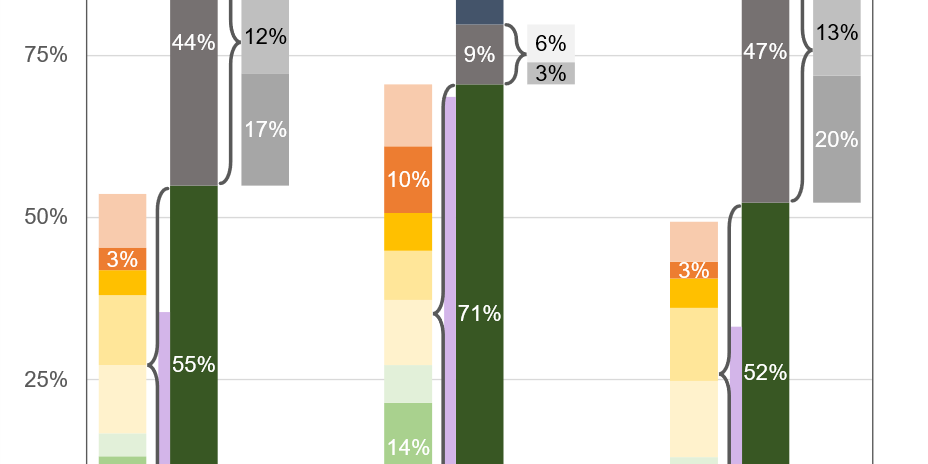By Jan Romano:
Elucidating the molecular targets of metal drugs is crucial to shed light on their mechanism of action. In this study, Aom2s, a tool designed by scientists at EPFL to analyse HR-MS/MS spectra of oligonucleotides, was used to investigate the binding mode of a newly developed breast cancer drug candidate, [Ru(η6-toluene)(PPh3)2Cl]Cl, with single and double stranded DNA. The analysis of the fragmentation of two oligonucleotides in the presence and absence of the compounds revealed that the ruthenium complex stabilises the DNA and promotes fragmentation through the loss of the DNA bases, while retaining the sugar and phosphate backbone.
These results, together with the data obtained using other complementary techniques (i.e. NMR; MS, circular dichroism, gel electrophoresis, fluorescence spectroscopy and molecular docking), indicated that [Ru(η6-toluene)(PPh3)2Cl]Cl interacts with both the major and minor grooves of DNA, establishing non-covalent interactions with the negatively-charged phosphate backbone. This distinctive binding mode deviates from the more typical mechanisms associated with metallic drugs.
Read the whole publication in here.







